 Threshold. Photo Jennifer Weber 2010Thanks to Stephanie Lincecum at Southern Graves, I now know there is a word for those inordinately fond of cemeteries.
Threshold. Photo Jennifer Weber 2010Thanks to Stephanie Lincecum at Southern Graves, I now know there is a word for those inordinately fond of cemeteries.
Taphophile: One who enjoys wandering amongst the tombs.
Like Stephanie and many others, I am a taphophile.
It's not weird! Really! I am normal.
 My girls explore Bonaventure. Photo Jennifer Weber 2010
My girls explore Bonaventure. Photo Jennifer Weber 2010
(Even if Mary Roach's Stiff: The Curious Life of Human Cadavers is my current bedside table reading.)
(Great read. Fascinating and funny.)
 The truncated column symbolized a life cut short. Photo Jennifer Weber 2010
The truncated column symbolized a life cut short. Photo Jennifer Weber 2010
The thing about cemeteries is the stillness. You step onto that ground and the world with all its confusion falls away. Immediately your mind clears.
 Brooding angels abound. Photo Jennifer Weber 2010
Brooding angels abound. Photo Jennifer Weber 2010
It's as though there's a thick angel-feather barrier around a cemetery; the pulsing clamor of life may be only a few feet away but somehow the sound is muted.
 Watchcare. Photo Jennifer Weber 2010
Watchcare. Photo Jennifer Weber 2010
As raucous as things may get out on the street, the din rarely pierces the calm of a cemetery.
 Resting place of Mrs. Carrie Dixon. Photo Jennifer Weber 2010
Resting place of Mrs. Carrie Dixon. Photo Jennifer Weber 2010
There, the worst has already happened -- and for many, it was the best because upon death they gained heaven -- and what remains is peace.
 The Morgan angel. Photo Jennifer Weber 2010
The Morgan angel. Photo Jennifer Weber 2010
Preternatural peace.
And quiet. So quiet!
 So many tiny graves. Photo Jennifer Weber 2010
So many tiny graves. Photo Jennifer Weber 2010
I'm all about that.
Even I -- a confirmed yammerer -- do not yammer in a cemetery.
 The Remshart plot: graves like cradles. Photo Jennifer Weber 2010
The Remshart plot: graves like cradles. Photo Jennifer Weber 2010
For nearly a decade we have lived less than a three-hour drive from Savannah, Georgia -- one of the most beautiful cities in America -- and until last Saturday I had been there only once.
 Serene views and comforting nature. Photo Jennifer Weber 2010
Serene views and comforting nature. Photo Jennifer Weber 2010
That once was in April, 2009, and on that day when I reached the gates of Bonaventure Cemetery, they were closed.
Last Saturday TG, I, Audrey, and Erica went to Savannah specifically to wander the lanes of Bonaventure.
 A grave as small and innocent as its occupant. Photo Jennifer Weber 2010
A grave as small and innocent as its occupant. Photo Jennifer Weber 2010
It was a treat.
If you have to decompose, take my word for it: This is the place.
 Overwrought. Photo Jennifer Weber 2010
Overwrought. Photo Jennifer Weber 2010
Although my companions weren't necessarily fellow taphophiles, they are good sports. TG's a sweetheart ... his tacit mantra where I am concerned is "Whatever makes you happy, baby, tickles me plumb to death."
 Like a doorway to another world. Photo Jennifer Weber 2010
Like a doorway to another world. Photo Jennifer Weber 2010
The girls knew they'd get fed lunch on Savannah's bustling riverfront at the conclusion of tomb-meandering, so they made the best of it and, I think, ended up enjoying it quite a bit.
 TG chills at the Mercer family plot. Photo Jennifer Weber 2010
TG chills at the Mercer family plot. Photo Jennifer Weber 2010
We all like history and Bonaventure is history on hallucinogens. Almost at once you get high on it. Fantastic feeling; a little spooky and a lot heavy.
It's the afterlife on performance-enhancing substances.
 The faith of a child. Photo Jennifer Weber 2010
The faith of a child. Photo Jennifer Weber 2010
Like many people, I have read John Berendt's bestseller Midnight in the Garden of Good and Evil, about Savannah antiques dealer Jim Williams, who murdered his boy-toy assistant, Danny Hansford, in the library of the Mercer House in Monterey Square on May 2, 1981.
 The grave of Johnny Mercer. Photo Jennifer Weber 2010
The grave of Johnny Mercer. Photo Jennifer Weber 2010
Jim Williams was acquitted of the crime -- after no fewer than four trials -- but died shortly afterwards, of pneumonia and heart failure, at the age of 59.
 The Mercer House in Monterey Square. Photo Jennifer Weber 2010
The Mercer House in Monterey Square. Photo Jennifer Weber 2010
An evocative photo of the Bird Girl monument -- which stood for half a century in Bonaventure Cemetery less than five miles from the Mercer House -- adorned the book's cover.
 So do I. Photo Jennifer Weber 2010
So do I. Photo Jennifer Weber 2010
The book and the statue gave Savannah -- and, as an unexpected corollary, Bonaventure Cemetery -- a life beyond its charming centuries-old southern somnolence.
 It tolls for thee. Photo Jennifer Weber 2010
It tolls for thee. Photo Jennifer Weber 2010
The Bird Girl eventually was removed from Bonaventure and placed in Savannah's Telfair Museum of Art, to protect her from damage done by touchy-feely tourists.
 Pedimented like there's no tomorrow. Photo Jennifer Weber 2010
Pedimented like there's no tomorrow. Photo Jennifer Weber 2010
So we didn't get to see her. Telfair Museum will be our destination on another visit to Savannah ... and the sooner the better.
 Allured to brighter worlds and led the way. Photo Jennifer Weber 2010
Allured to brighter worlds and led the way. Photo Jennifer Weber 2010
The Mercer House was the ancestral home of American songwriter Johnny Mercer, who was laid to rest at Bonaventure in 1976.
 The roads seem to go on forever. Photo Jennifer Weber 2010
The roads seem to go on forever. Photo Jennifer Weber 2010
(Mr. Mercer wrote hundreds of songs, including Moon River. The song was inspired by the Wilmington River, which runs alongside Bonaventure's 160 acres. Johnny Mercer and several family members are interred within sight of the river.)
 Angelic vigil at Mercer family graves. Photo Jennifer Weber 2010
Angelic vigil at Mercer family graves. Photo Jennifer Weber 2010
I had done a fair amount of research on Bonaventure Cemetery -- described by Oscar Wilde as "incomparable" -- but I found it somewhat different than I had expected.
 Sentinel of the shadows. Photo Jennifer Weber 2010
Sentinel of the shadows. Photo Jennifer Weber 2010
A bit less lush as to landscaping and caretaking in certain sections.
A bit sadder overall, with too much an air of the forgotten.
A great deal more breathtaking in its mystique-shrouded ambience.
 An impressive temple vault. Photo Jennifer Weber 2010
An impressive temple vault. Photo Jennifer Weber 2010
Stephanie Lincecum wrote to me that there are "no words to describe it" ... and she is right.
But I'll keep trying.
 Eerie detail of Mrs. Lawton's spectacular marker. Photo Jennifer Weber 2010
Eerie detail of Mrs. Lawton's spectacular marker. Photo Jennifer Weber 2010
Superfluous to mention the Spanish moss, but to be sure, that lacy veil dripping and drooping from hundreds of live oaks is the thing that makes Bonaventure otherworldly. It is what makes it unique.
 Contemplating eternity. Photo Jennifer Weber 2010
Contemplating eternity. Photo Jennifer Weber 2010
The granite and marble grave markers are larger than any I have ever seen or heard of. Many are staggeringly huge.
Several feature columns flanking massive doorways that would accommodate a gaggle of giants.
 Marble and live oak. Photo Jennifer Weber 2010
Marble and live oak. Photo Jennifer Weber 2010
One wonders whether these were intended as portals into the next life.
At any rate, they're out of this world.
 Mr. Myers was wealthy or loved or both. Photo Jennifer Weber 2010
Mr. Myers was wealthy or loved or both. Photo Jennifer Weber 2010
I lay on my back at one point attempting to get a shot of an obelisk, but even from that uncomfortable angle the whole of it would not fit into my camera's viewer.
Clearly the sculptor -- or the family -- suffered from Washington Monument envy.
 Back view of Morgan monument. Photo Jennifer Weber 2010
Back view of Morgan monument. Photo Jennifer Weber 2010
The Morgan monument stupefied me for at least fifteen minutes. The angel's stance, her attitude, her wings, her lifted hand, the plaintive sigh of leaves and moss ... divine.
 Laura. Photo Jennifer Weber 2010
Laura. Photo Jennifer Weber 2010
The family vaults with their ornate doors oxidized to rich verdigris are each more lovely than the last.
They'll stop you dead in your tracks.
 A pity they lead nowhere. Photo Jennifer Weber 2010
A pity they lead nowhere. Photo Jennifer Weber 2010
Corinne Elliott Lawton's fabulous -- and famous -- contemplative figure sits as she has for a century and a half, the river flowing at her marble back, guarding the poignant epitaph allured to brighter worlds and led the way.
 Amelia. Photo Jennifer Weber 2010
Amelia. Photo Jennifer Weber 2010
I would venture to say that once upon a time, folks put a great deal of effort into outdoing one another when burying their dead at Bonaventure.
"What kind of ego?" Audrey exclaimed at the forty-foot obelisk.
 Beautiful repose. Photo Jennifer Weber 2010
Beautiful repose. Photo Jennifer Weber 2010
Fragmented syntax notwithstanding, I knew what she meant.
What kind indeed?
And what kind of devotion?
 We will stand and guard tho' the angels sleep. Photo Jennifer Weber 2010
We will stand and guard tho' the angels sleep. Photo Jennifer Weber 2010
The questions -- and their answers -- are borne tenderly aloft on hot whispering breezes at bonny, bony Bonaventure.
 Tuesday, June 8, 2010 at 08:44PM
Tuesday, June 8, 2010 at 08:44PM  I ask for this hair bow by name. Photo Jennifer Weber 2010
I ask for this hair bow by name. Photo Jennifer Weber 2010 See? I can sit quietly. Photo Jennifer Weber 2010
See? I can sit quietly. Photo Jennifer Weber 2010 Follow the yellow brick road. Photo Jennifer Weber 2010
Follow the yellow brick road. Photo Jennifer Weber 2010 Exactly where are the french fries? Photo Jennifer Weber 2010
Exactly where are the french fries? Photo Jennifer Weber 2010 Whose idea was it to paint this bench? Photo Jennifer Weber 2010
Whose idea was it to paint this bench? Photo Jennifer Weber 2010 This is more like it. Photo Jennifer Weber 2010
This is more like it. Photo Jennifer Weber 2010 Hang on Sloopy ... Photo Jennifer Weber 2010
Hang on Sloopy ... Photo Jennifer Weber 2010 Swing sets, a cuppy and fries, oh my! Photo Jennifer Weber 2010
Swing sets, a cuppy and fries, oh my! Photo Jennifer Weber 2010 My blanket and passy're looking good right now. Photo Jennifer Weber 2010
My blanket and passy're looking good right now. Photo Jennifer Weber 2010 They can't leave my hair alone. Photo Jennifer Weber 2010
They can't leave my hair alone. Photo Jennifer Weber 2010 So ... you think I need a manager? Photo Jennifer Weber 2010
So ... you think I need a manager? Photo Jennifer Weber 2010 Jennifer |
Jennifer |  10 Comments |
10 Comments | 

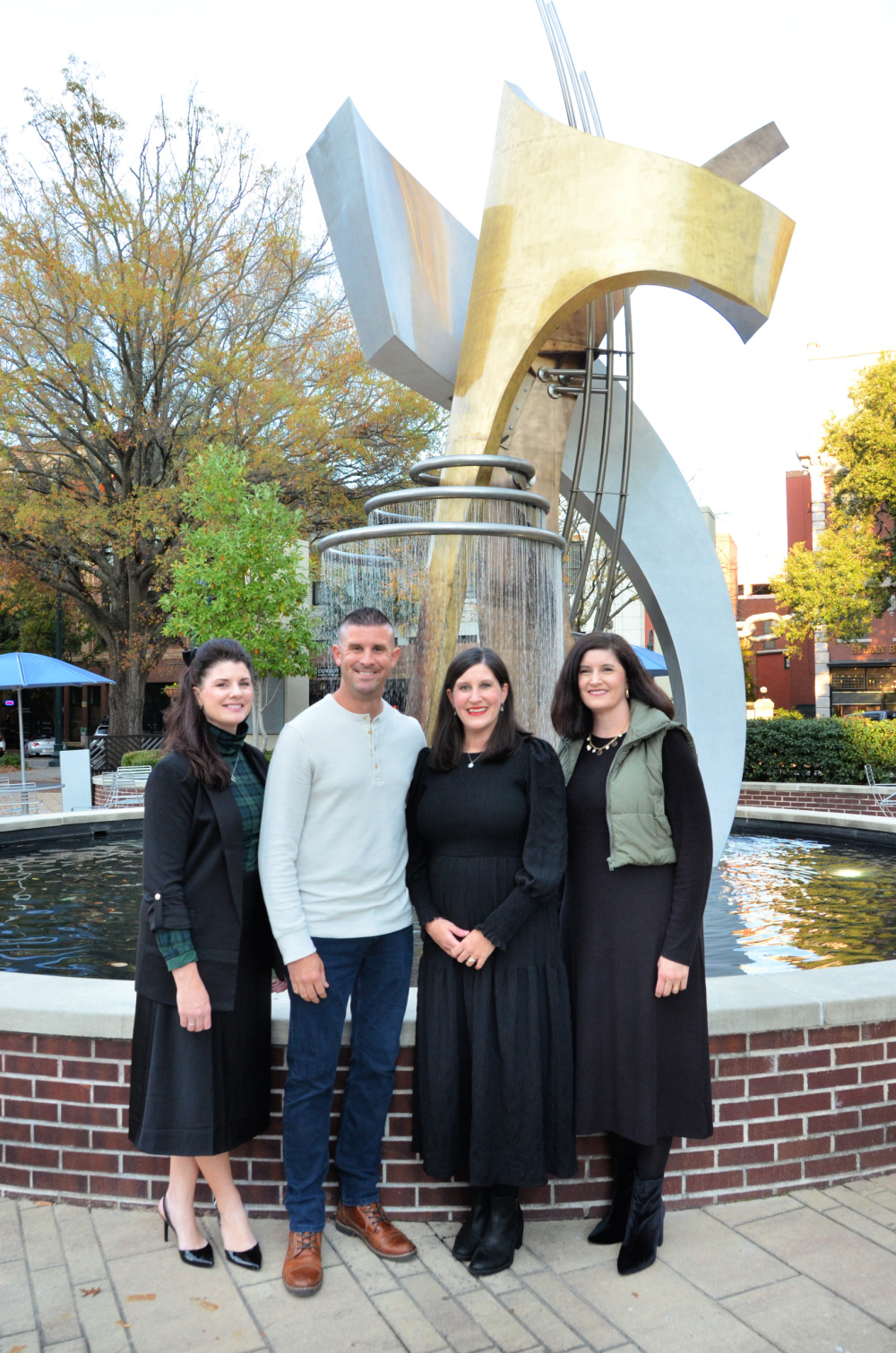
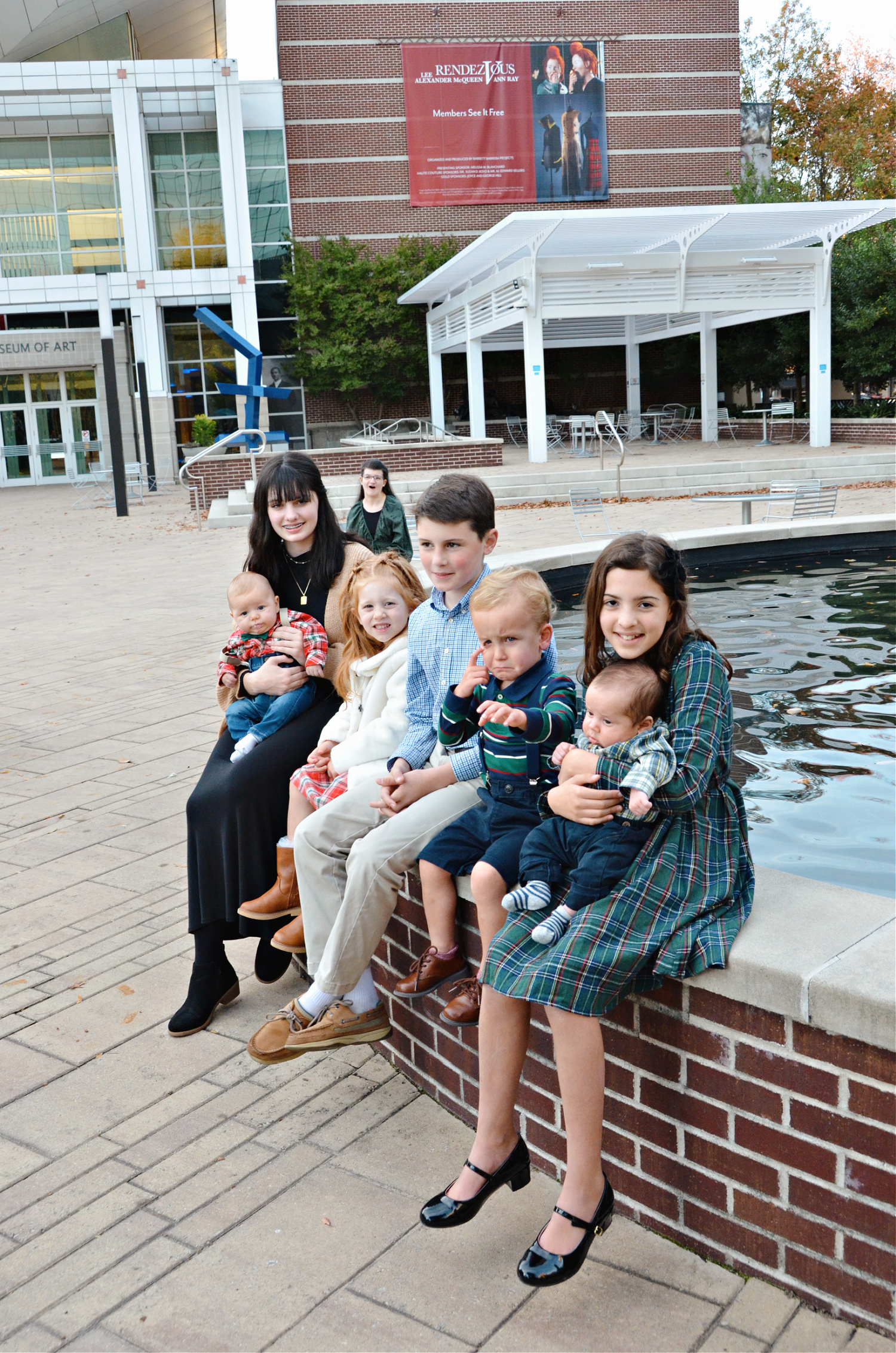
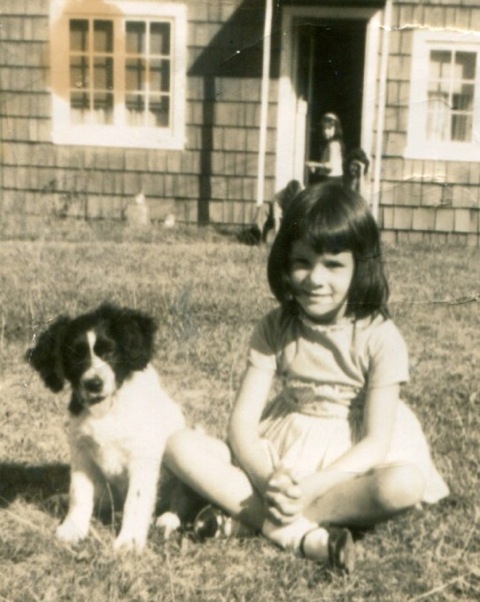












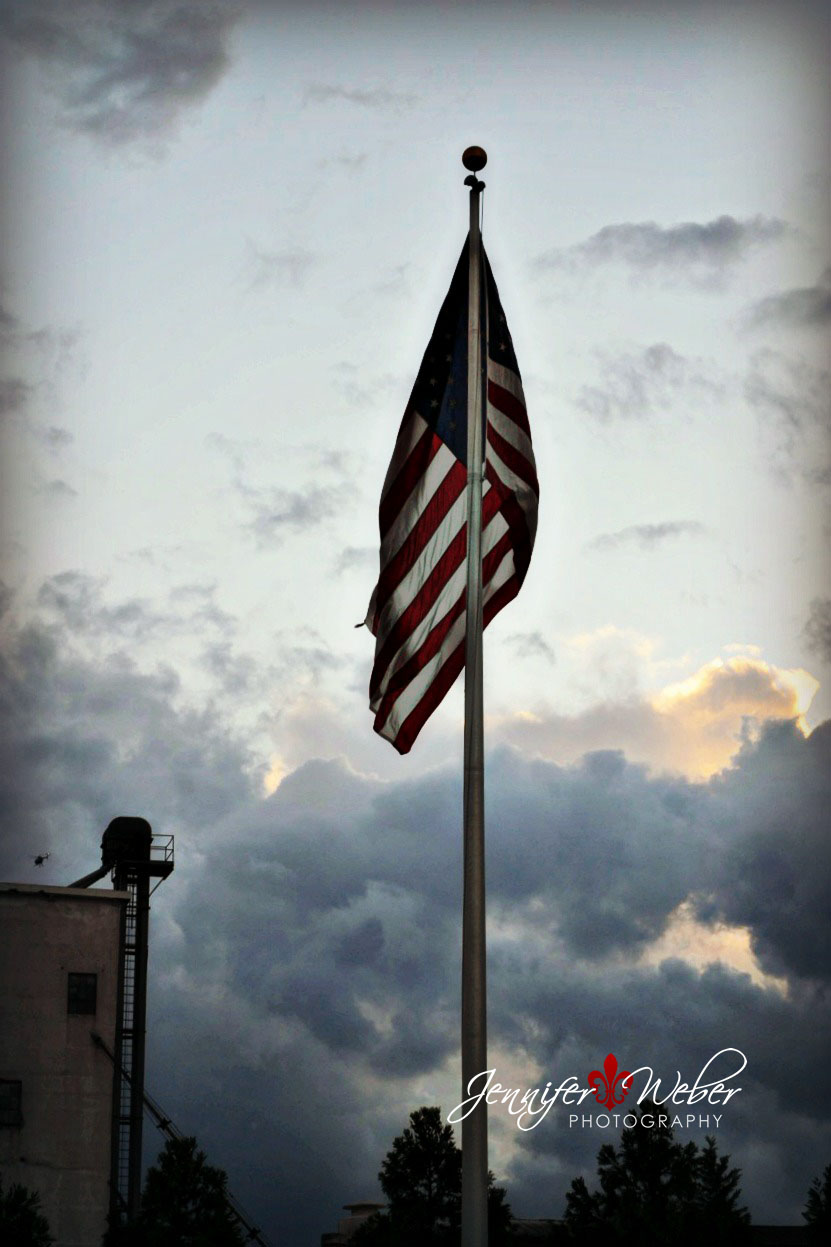

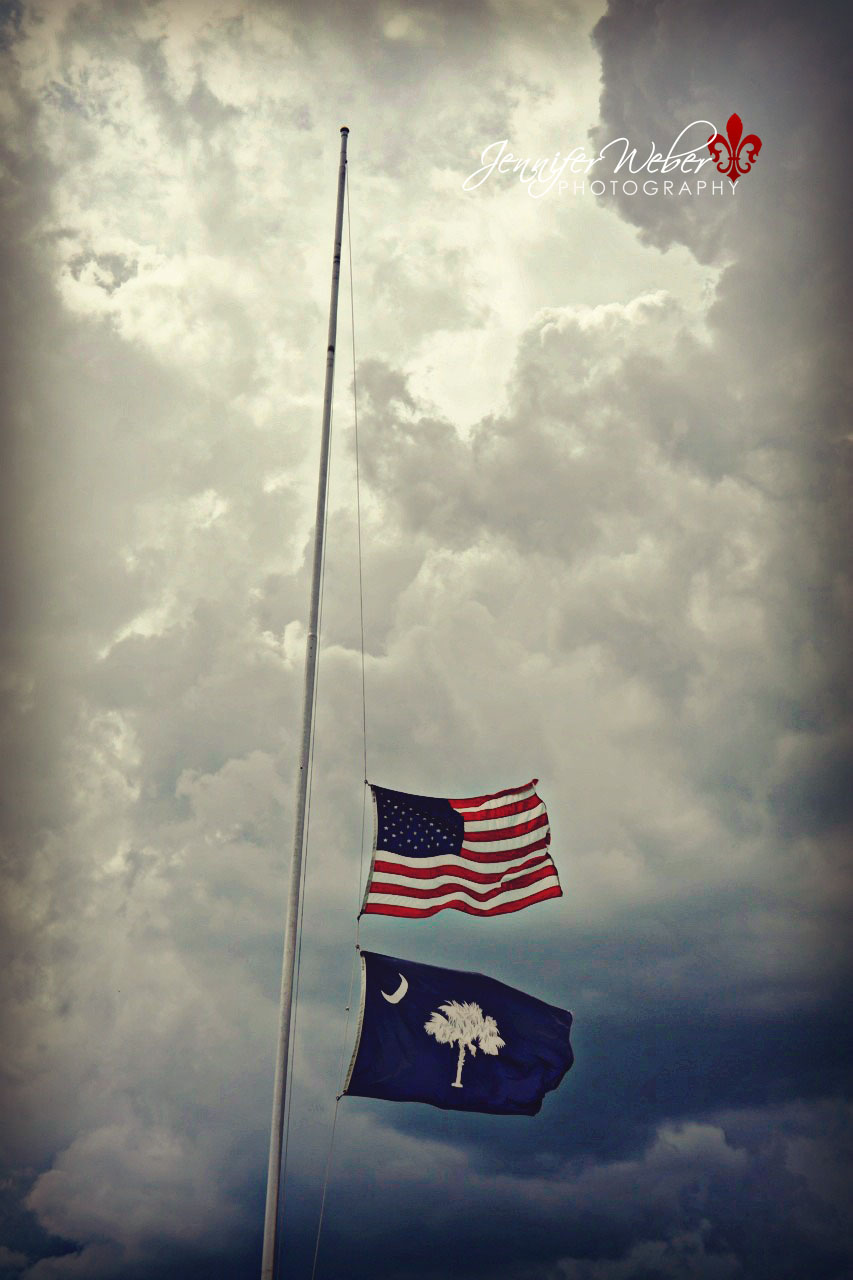



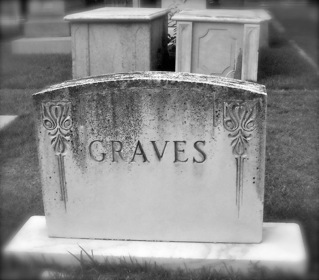
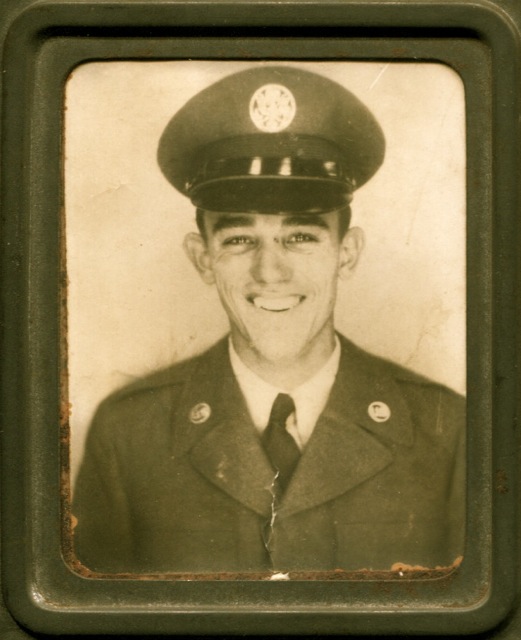
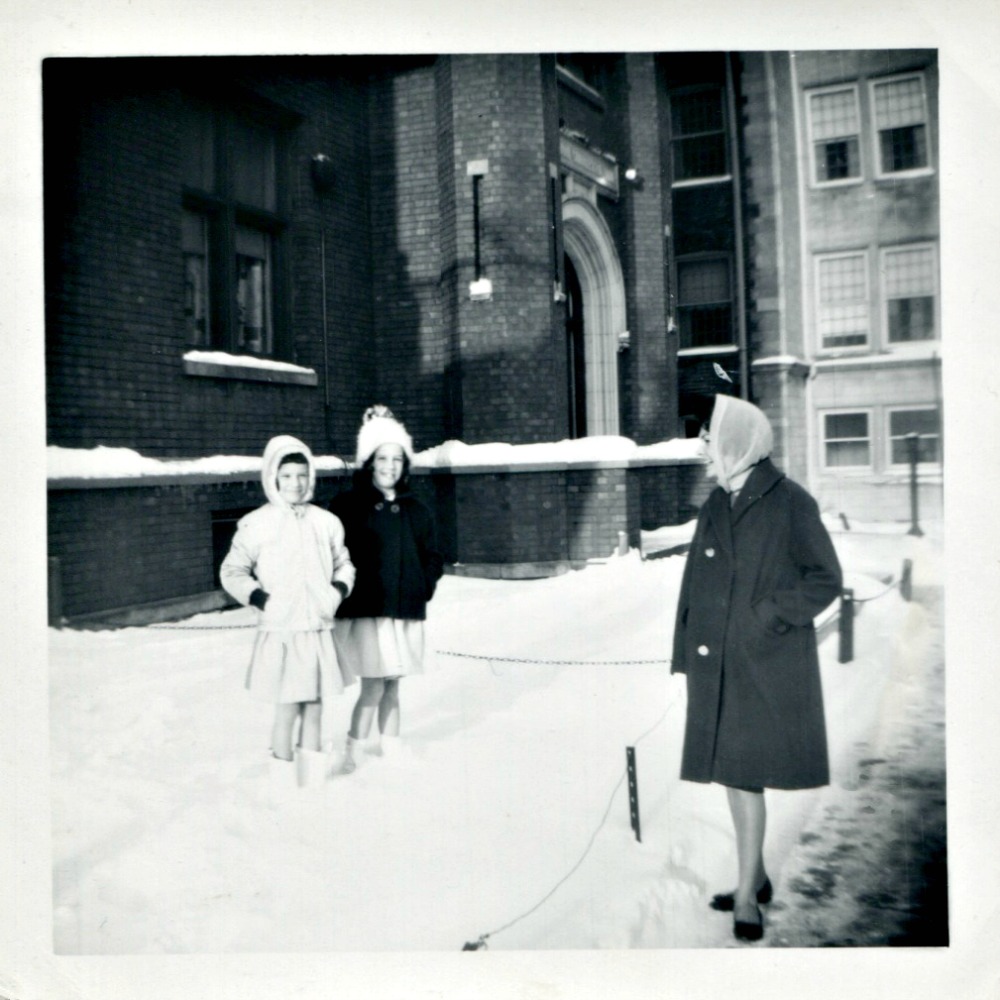
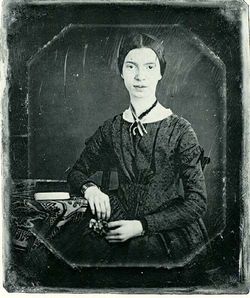
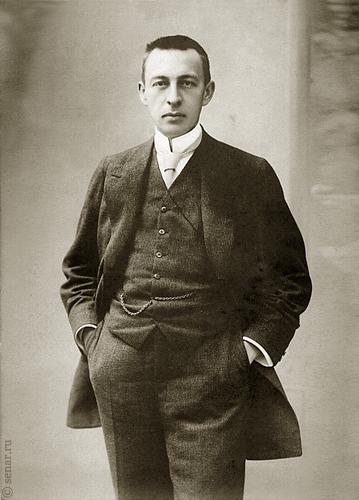
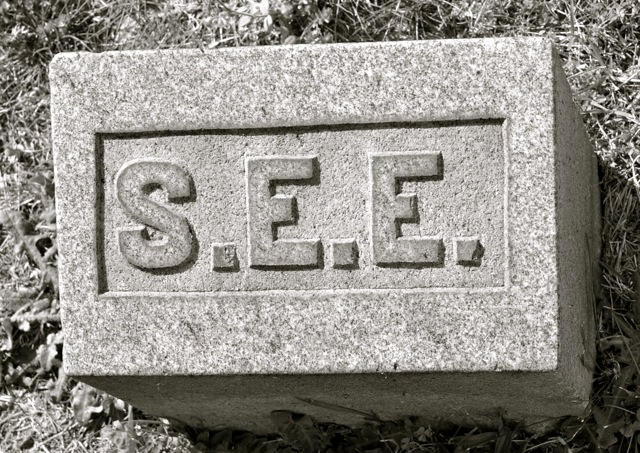

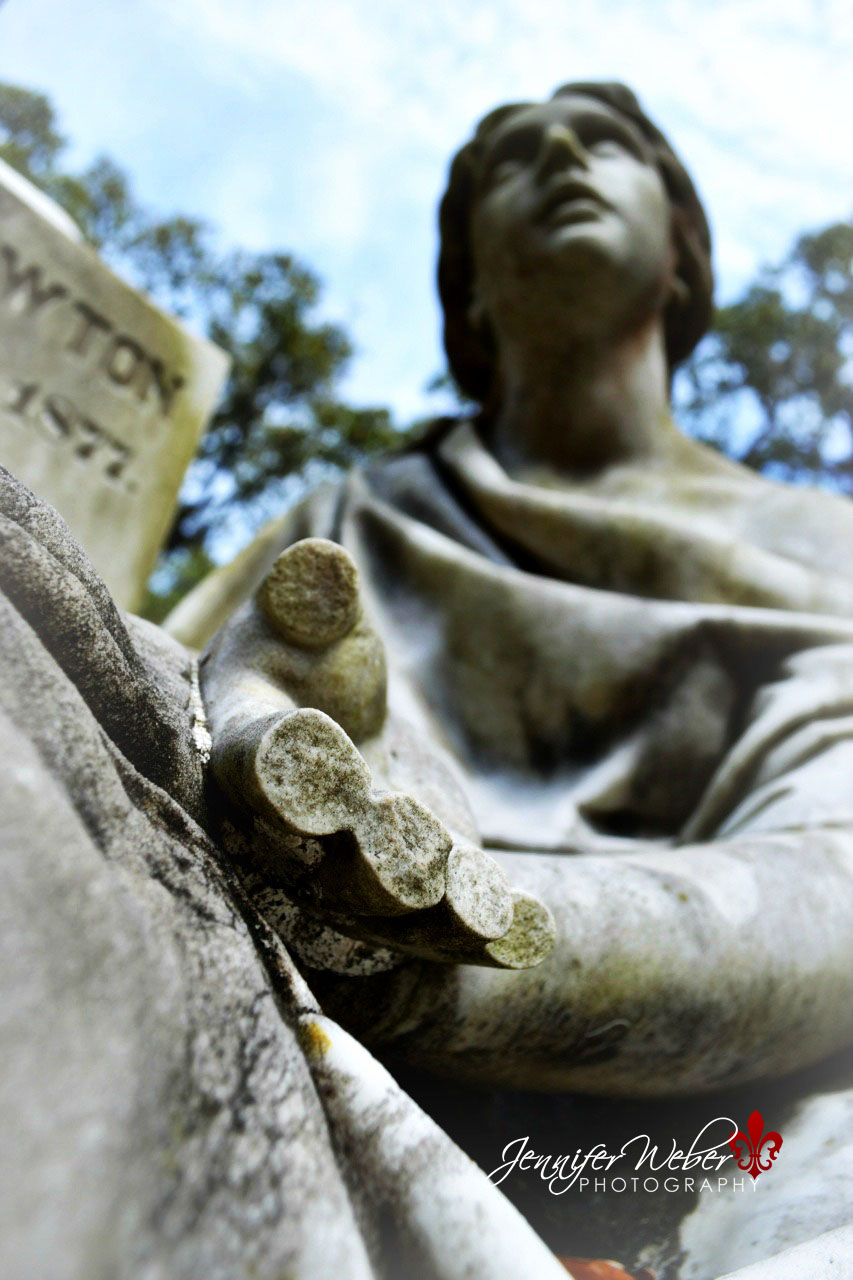

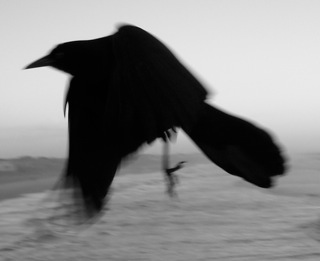






























































![Hold Back the Dawn [DVD] Charles Boyer; Olivia de Havilland; Paulette Goddard](http://ecx.images-amazon.com/images/I/41AkExBJQsL._SL75_.jpg)



















































